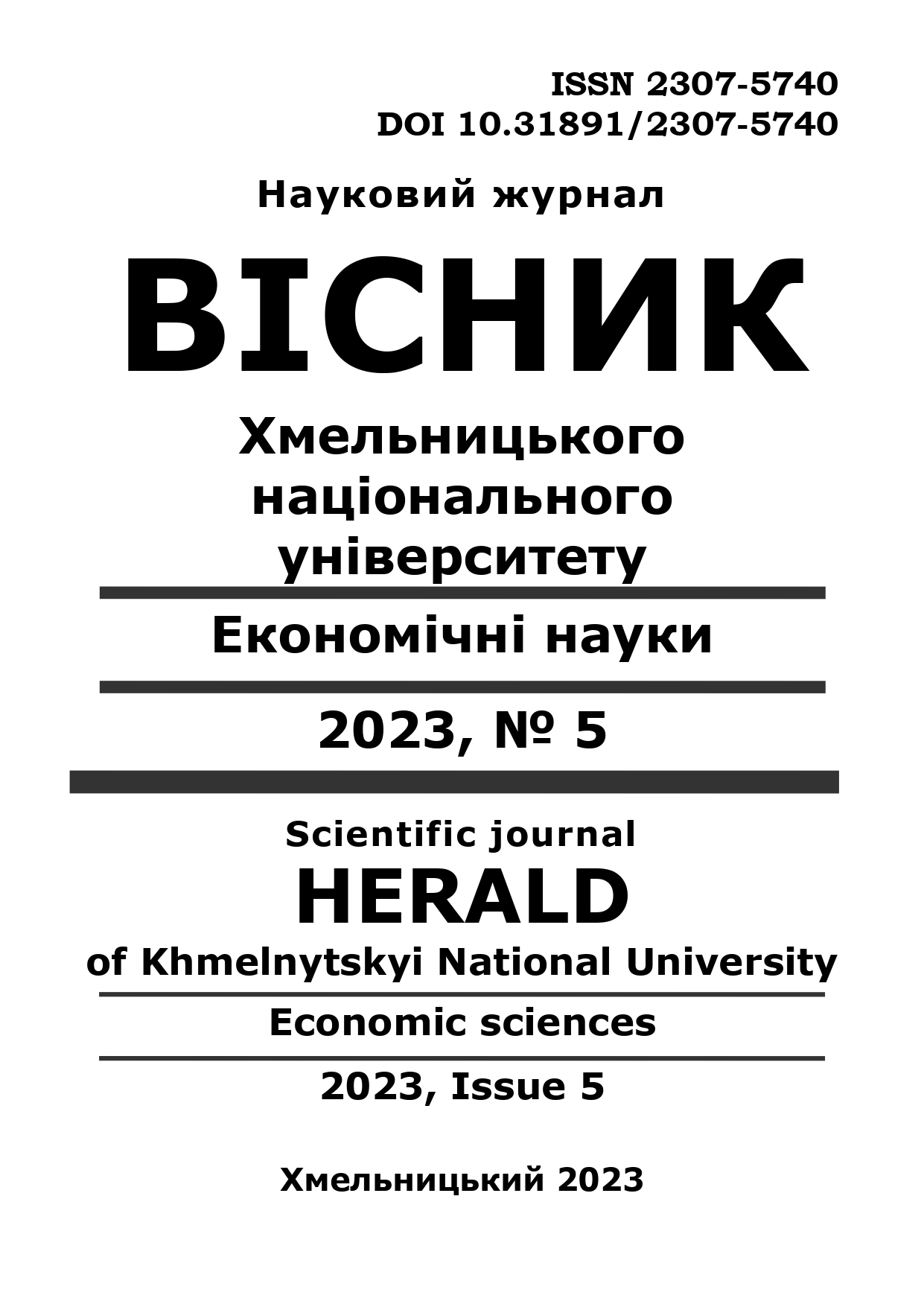FORMATION OF AN ORGANIZATIONAL AND ECONOMIC MODEL FOR THE DEVELOPMENT OF PERSONNEL POTENTIAL OF AGRICULTURAL ENTERPRISES
DOI:
https://doi.org/10.31891/2307-5740-2023-322-5-4Keywords:
personnel potential, stages of personnel potential development, organizational and economic model, agricultural enterprises, critical roles of process participantsAbstract
This article examines the approach to forming an organizational and economic model for developing personnel potential for an agricultural enterprise. It is based on her American (European) and Japanese management experience. According to the author, such a model is seven steps that the organization must go through and allows to manage this process in the long term. Stages of development of personnel potential: 1. Formation of the management coalition of the enterprise from five categories of potential participants - senior managers, team managers or line managers, "first line" employees, young employees, and personnel specialists. 2. Forming an idea of the future workforce with a view to the future without complicating the process, measuring success, and focusing on a few topics that will have real meaning. 3. Assessment of existing opportunities (available personnel potential), and 4. Determination of the distance - "gap" in the personnel potential, the purpose of which is to determine the length and discrepancies between the realities and the aspirations of the future. 5. Creating a map of the development of personnel potential, based on the understanding that organizations are systems that develop dynamically, and system thinking is a way to manage the dynamics of the company's development and mark dead zones. 6. Modeling the driving forces of the development of personnel potential, managing the processes that create values, and understanding the forces that come in support of and against changes. 7. Transition to actions.
As a result, a model was proposed, which consists of providing agricultural enterprises, regardless of organizational form, size, capital structure, and owners, with an understanding of the formation of personnel potential, which, along with the enterprise's products, acts as a value. The proposed approach is the result of the further development of ideas about the living strategy of the organization, taking into account the laws of randomness, causality, and will, focusing on the long-term perspective.


